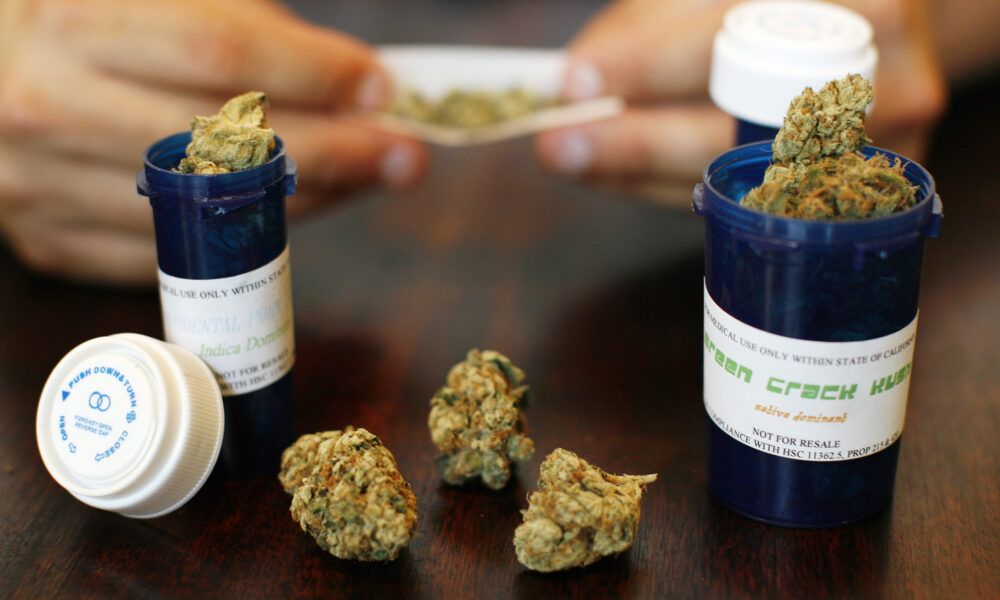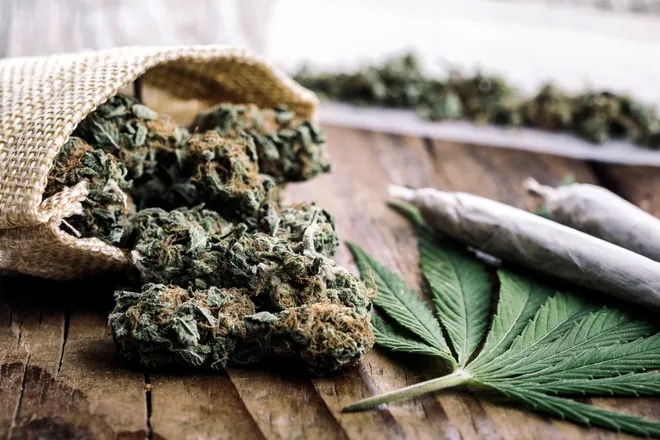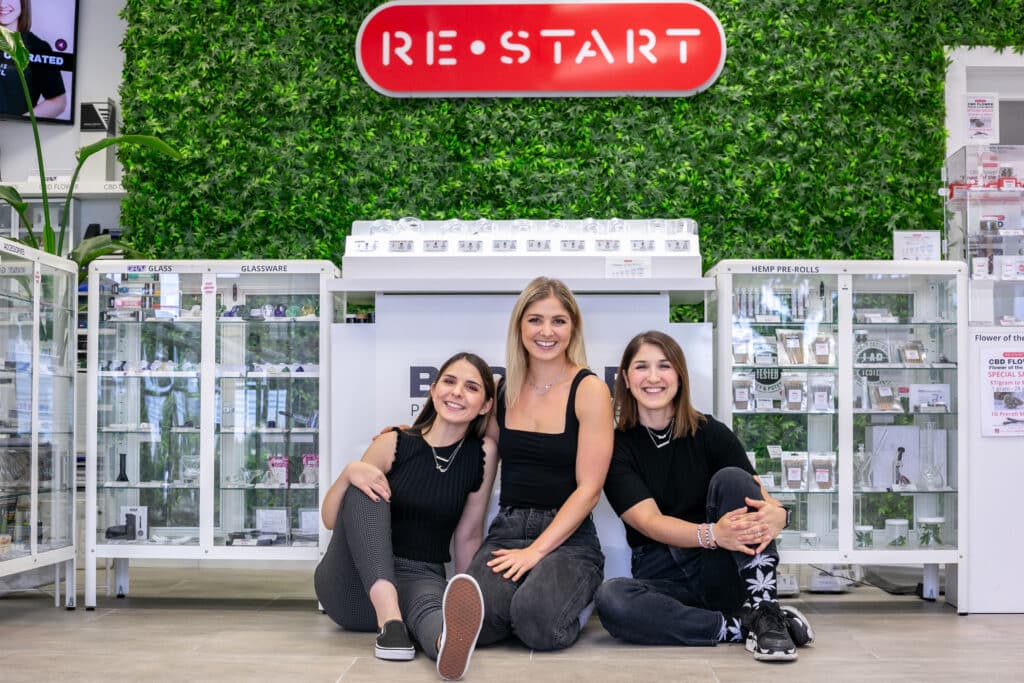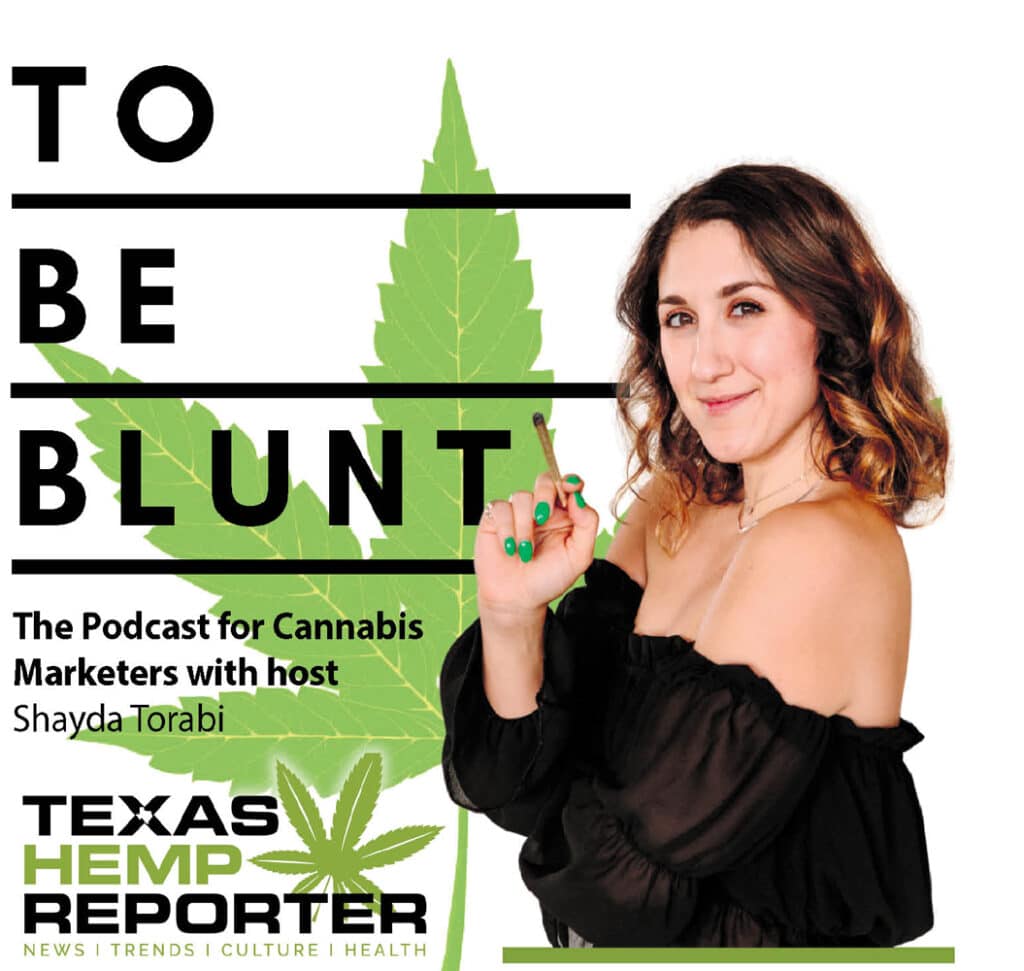Benefits of Microdosing Edibles
Let us first start by explaining what micro-dosing is. It’s a technique that involves taking minimal amounts of cannabis on a disciplined regular schedule. The point of this activity is to find your body’s THC perfection point. One can do this by only taking enough THC to barely perceive the effects on your mind and body without getting too altered. Why would someone want to do this? If you are a newbie and want to get familiar with cannabinoids and or terpenes, this could be a preferred method for you. Microdosing helps people get the light, therapeutic effects of cannabis without achieving a heavy, uncomfortable high and feel more comfortable with the plant itself. The art of microdosing requires discipline, patience and mindfulness.
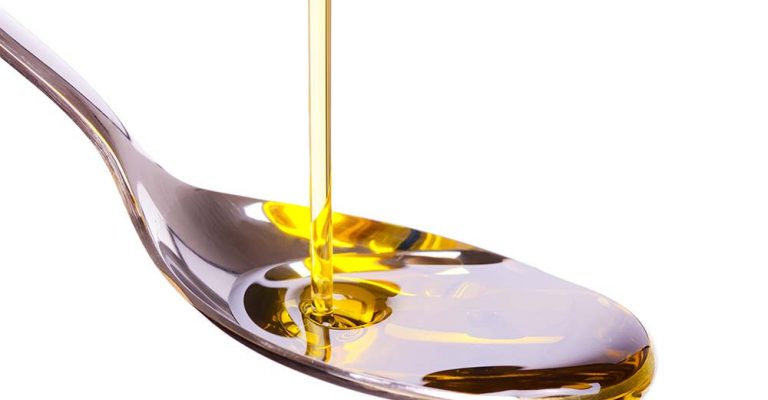
Finding your Minimum Effective Dose MED
In this sphere of medicine, the MED [minimum effective dose] is something patients and health care providers need more understanding of. Cannabis is biphasic, so you have this excellent anti-inflammatory, relaxing properties with little to no side effects in small amounts. In large amounts, there is the possibility of unwanted effects of being too altered.
Many people who try edibles for the first time become overwhelmed by the experience. That is because everyone has a different tolerance level. For example, a 10 mg piece of chocolate will affect each person differently. Also, edibles are much different than smoking cannabis. Why do cannabis edibles feel so different? The human body processes cannabis through the liver and GI tract. The effects of the potent metabolic byproduct are called 11-hydroxy-THC. This compound resulted in a faster onset and a more intense psychoactive experience than simply THC.
Microdosing with 2.5-milligram products allows the consumer to ingest the initial THC and then gradually eat more the following day until they find their preferred comfort level. Most people who are interested in microdosing cannabis typically start with about 2.5mg or less. One can start with various teas, mints or chocolates with THC concentrations starting at 2.5 milligrams suitable for microdosing. It can take over an hour to feel some edibles’ effects, so I suggest waiting a day and trying an increased amount the following day. The reason is that some edibles if taken properly, like a tincture, can be held under the tongue goes directly into the bloodstream. Simultaneously, others are digested in the stomach and can take hours to feel the effects depending on a person’s digestive system. So it is important when microdosing to chart the amount and wait for results.
Cannabis is a medicine that should be tailored to each patient’s individual makeup. Not all people are the same, and not all products are created equal. Cultivate an understanding of your endocannabinoid system by keeping a journal to track the cannabis farmer or grower, cultivar type, consumption method, dosage and side effects. Take your time and be patient when figuring out what dosage and consumption method works best for you. Be mindful of other elements that may impact the outcome of your experience when microdosing. Such as your nutrition, hydration, environment or even state of mind. As these can all affect your experience.
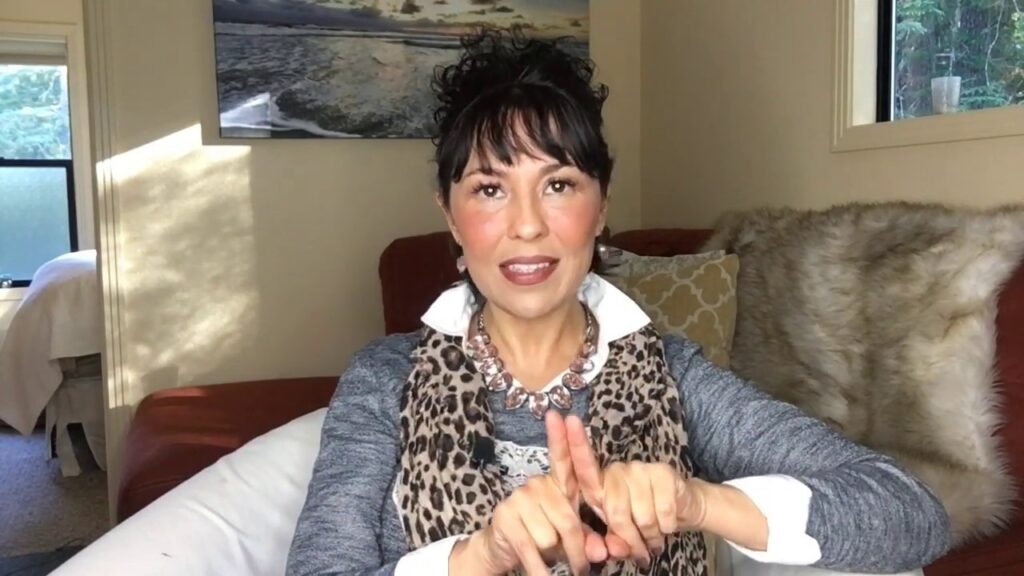
Beneficial in Resetting Your Tolerance
Like in all other forms of medicine, you want to treat yourself with the lowest effective dose. For those cannabis connoisseurs, micordosing can help you identify the perfection point you may need to reset your THC tolerance. Maybe you needed higher doses of THC for treating a past condition. Maybe you have to consume larger amounts of cannabis edibles to achieve any helpful high than you once did. You have built a tolerance to the effect and may need to take a small break. If this is the case, you can try to reset your tolerance to the effects of cannabis products by microdosing.
The length of a tolerance break depends on your consumption patterns. In general, it works to stop or slow down consumption for 48 hours. After that time frame, you can start again with small doses of 1 to 2 mg of THC slowly building yourself back up. I encourage my patients to do this at least once a month to reset their tolerance levels.
Micrdosing Studies on the Rise
In Israel on July 1, 2020, PRNewswire.com — Israeli med-tech company Syqe Medical has conducted the first clinical trial to demonstrate that extremely low and precise doses of inhaled THC – the principal psychoactive constituent of cannabis – can effectively relieve pain while avoiding the common side effects associated with cannabis use.
The study, published in the European Journal of Pain, is the first scientific confirmation that microdosing – the process of using extremely low doses of active drug compounds to treat various conditions – actually works with cannabis.
According to GetFluent.com, medical card users with these conditions have seen success with microdosing:
• Cancer
• Epilepsy
• Glaucoma
• HIV/Aids
• Seizures
• Crohn’s Disease
• PTSD
• ALS
• Chronic Muscle Spasms
• Parkinson’s Disease
• Multiple Sclerosis
• Chronic Pain
• Sleep Disorders
• Tourette Syndrome
• Autism
• Anxiety Disorders
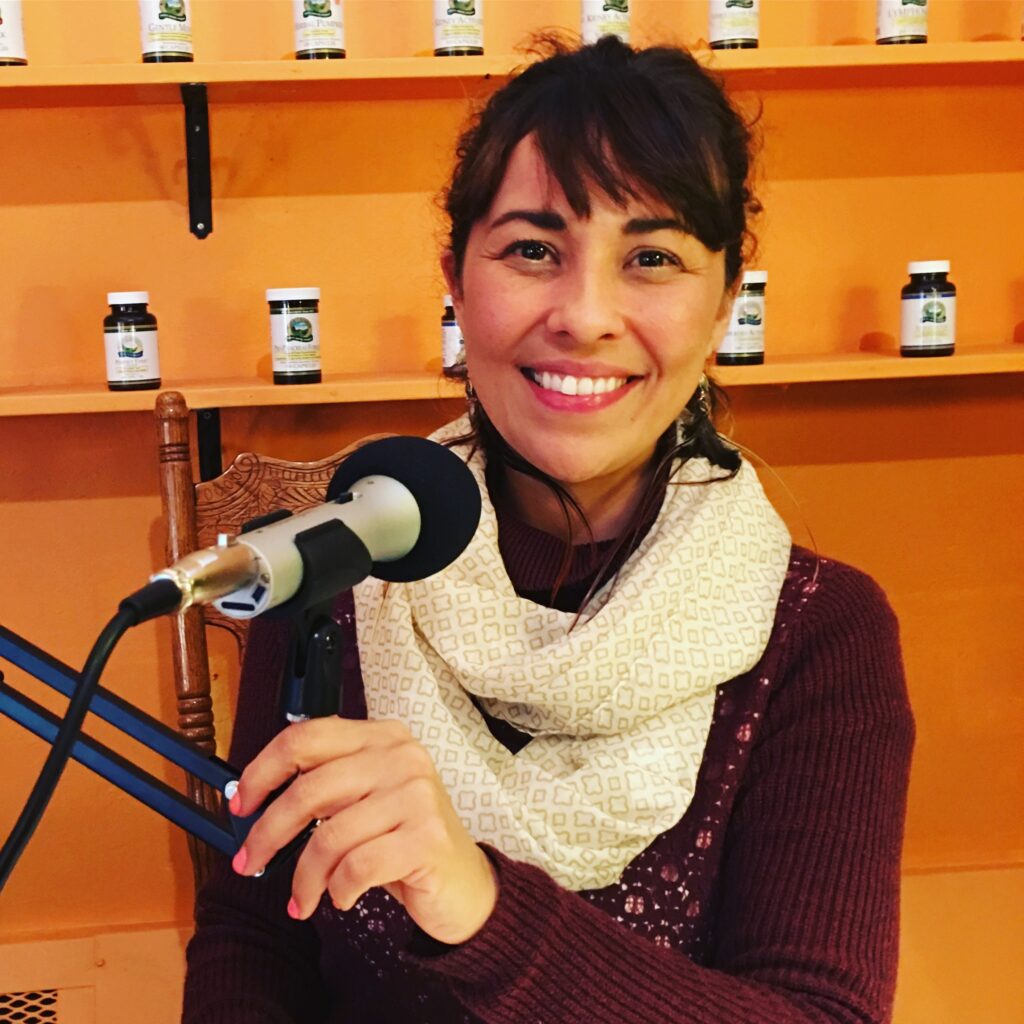
Microdosing can help people get the therapeutic effects of cannabis without achieving a heavy, uncomfortable altered state and generally feel more comfortable with cannabis products. Micrdosing can also help one achieve the perfect amount for their specific healing process. If you or someone you know requires help or would like more information, contact your Cannabis Therapy Consultant for more guidance.
All information in this article is for educational purposes only. The information provided is derived from research gathered from external sources. Please check with your Cannabis Educated Primary Health Care Physician or Cannabis Therapy Consultant before beginning any new diet or lifestyle change.
Written by Dr. Pepper Hernandez ND, Ph.D., CTC, CNHP in ECS & Naturopathic Medicine, Cannabis Therapy Consultant, The Founder and Education Director of the Cannabis Holistic Institute. To find out more about her Telemedicine Consultations, Educational Programs, YouTube videos, and other creative content, you can find her on the massive inter-webs on all platforms or at DrPepperHernandez.com.



